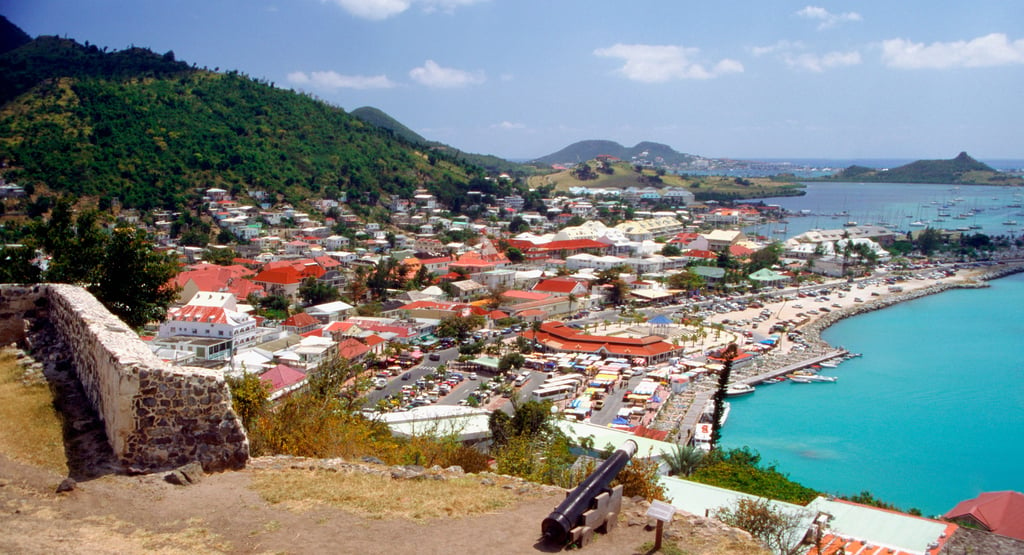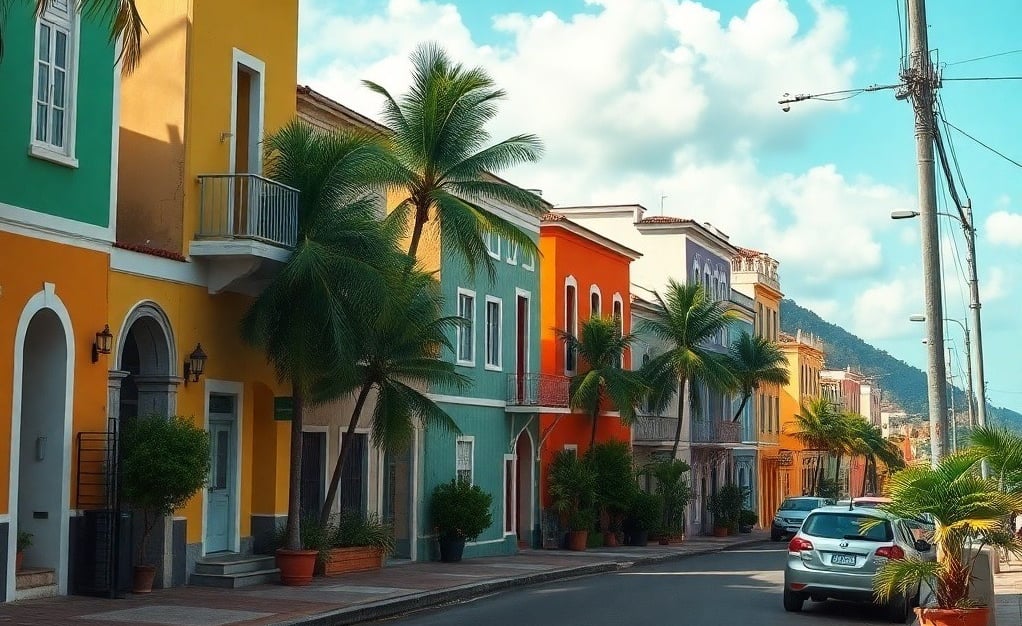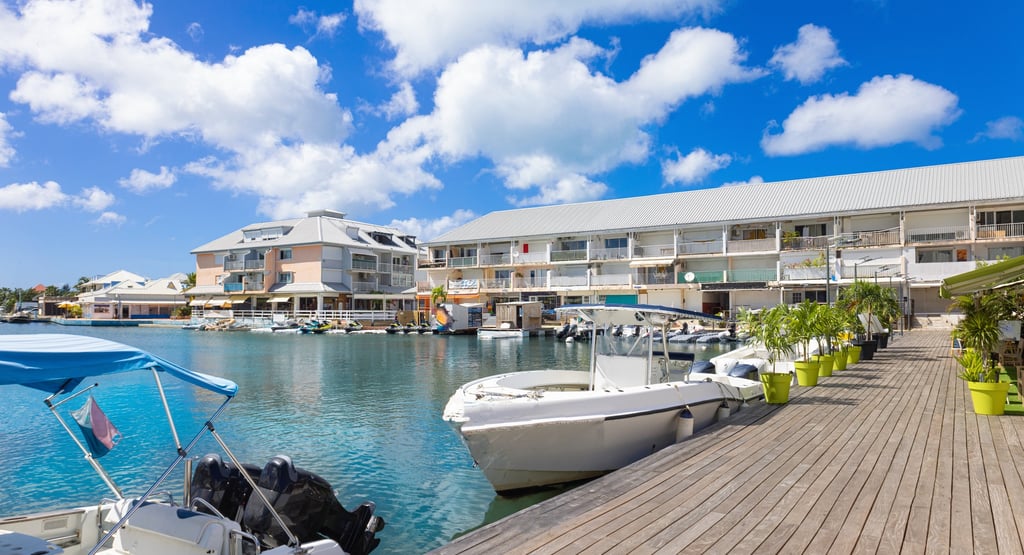Living the Island Dream: The Quality of Life on Saint Martin / Sint Maarten
Saint Martin, a dual-nation island in the northeastern Caribbean, is a place where turquoise waters meet European charm, and cosmopolitan living blends with laid-back island culture. Shared by France (Saint-Martin) and the Netherlands (Sint Maarten), this 87-square-kilometer gem offers residents and long-term visitors a lifestyle that feels like a permanent vacation — but with all the modern comforts. In this post, we’ll explore what it's really like to live in Saint Martin/Sint Maarten, including cost of living, healthcare, education, safety, community life, and more.
5/12/20254 min read


1. A Unique Blend of Cultures
One of the most intriguing aspects of life in Saint Martin/Sint Maarten is its dual identity. The northern side (Saint-Martin) is a French overseas collectivity with a European flair, while the southern part (Sint Maarten) is a constituent country within the Kingdom of the Netherlands, with a more Americanized, high-energy vibe.
This blend creates a rich, multilingual culture where English, French, Dutch, and Spanish are commonly spoken, and a variety of cuisines, festivals, and lifestyles coexist peacefully. Whether you prefer sipping wine at a bistro in Grand Case or enjoying a beach barbecue on Maho Bay, the island offers something for every personality.
2. Climate and Natural Beauty
Saint Martin enjoys a tropical climate with warm temperatures year-round (averaging 27°C / 81°F), cooled by the trade winds. Rainy season occurs between August and November, coinciding with hurricane season, but modern infrastructure and early warning systems make life manageable.
The island is ringed by over 30 beaches, many considered among the most beautiful in the Caribbean. Outdoor living is a key part of life here—swimming, snorkeling, sailing, hiking, and beach lounging are everyday pastimes. Nature lovers will also enjoy exploring Pic Paradis or kayaking in the mangroves.
3. Cost of Living
Compared to other Caribbean islands, Saint Martin offers a middle-ground cost of living. It’s higher than mainland countries but more affordable than exclusive destinations like St. Barts or the Cayman Islands.
Here’s a rough monthly breakdown (in USD) for a single person:
Rent (1-bedroom apartment): $900–$1,500 depending on location
Groceries: $400–$600
Utilities & internet: $150–$250
Dining out: $10–$20 per casual meal, $40+ at fine dining spots
Car rental or ownership: Recommended for mobility; gas is relatively affordable
While the French side uses the Euro and the Dutch side uses the Netherlands Antillean Guilder (but accepts USD widely), most businesses operate in US dollars, and prices can vary significantly between the two sides.
4. Healthcare System
Healthcare on both sides of the island is of good quality, with the French side offering universal healthcare services similar to mainland France. Public clinics and hospitals are available, and French citizens or EU nationals often benefit from social coverage.
On the Dutch side, healthcare is private, and expats or visitors are advised to carry international insurance. There are also well-rated pharmacies and clinics, and medevac services are available for complex procedures requiring treatment in Guadeloupe, the Dominican Republic, or the US.
5. Safety and Security
Overall, Saint Martin/Sint Maarten is safe, especially in well-populated areas and tourist zones. Petty crime like pickpocketing or car break-ins can occur, particularly during the high season, but violent crime is rare.
Many expats feel comfortable walking in the evenings, and residential neighborhoods such as Cupecoy, Orient Bay, and Simpson Bay are considered secure and friendly.
6. Education and Schools
For families considering relocating, the island has a range of public and private schools, including bilingual and international options:
French side: Lycée Professionnel des Îles du Nord, École Aline Hanson
Dutch side: Learning Unlimited International School, St. Dominic High School
Education quality varies, but private international schools typically offer higher standards and English-speaking instruction, albeit at a cost.
7. Real Estate and Long-Term Stay
Buying property in Saint Martin/Sint Maarten is relatively straightforward for foreigners, and there are no major restrictions on ownership. The real estate market includes everything from beachfront villas to hilltop condos with panoramic views.
While the French side leans toward European-style leases and ownership, the Dutch side tends to attract retirees, digital nomads, and investors due to favorable tax and residency policies. Long-stay visas can be obtained, especially for retirees or those with proof of income.
8. Digital Connectivity and Remote Work
With the rise of remote work, Saint Martin has become an attractive destination for digital nomads. Both sides of the island have reliable 4G/LTE coverage, and internet service providers offer high-speed fiber in most residential areas. Several cafés, co-working spaces, and beachside lounges are also remote-worker friendly.
The island’s time zone (AST/UTC-4) is convenient for working with both North America and parts of Europe.
9. Community and Lifestyle
Saint Martin has a vibrant expat community, especially among French, Dutch, American, Canadian, and Latin American residents. Social life is active, with regular beach parties, art shows, wine tastings, sailing events, and festivals like Carnival or Heineken Regatta drawing locals and tourists alike.
People tend to be warm and welcoming, and there’s a strong sense of community, especially in residential enclaves and among expats.
10. Challenges to Consider
Despite the many advantages, life on Saint Martin isn't without its challenges:
Hurricanes: The island has been affected by major storms, notably Hurricane Irma in 2017, which devastated infrastructure. Recovery has been strong, but the risk remains.
Imports & Logistics: Most goods are imported, which can lead to higher prices and occasional shortages.
Traffic: Roads can become congested, especially near Philipsburg and Marigot during peak hours or cruise ship arrivals.
Healthcare Limitations: While basic care is good, serious medical emergencies may require off-island treatment.
Final Thoughts
Living on Saint Martin / Sint Maarten offers a high quality of life for those who value natural beauty, cultural diversity, and a slower pace. Whether you’re looking for a retirement haven, a remote work base, or just a new adventure, this island delivers an experience that’s equal parts serene and stimulating.
From sipping espresso at a French café to snorkeling with sea turtles before lunch, life here is a daily reminder that paradise doesn’t have to be perfect — just perfectly yours.




Contact us
Copyright © 2025. Ralnoscape All rights reserved.
Destinations
Resources


Follow us
This website uses affiliate links which may earn a commission at no additional cost to you
